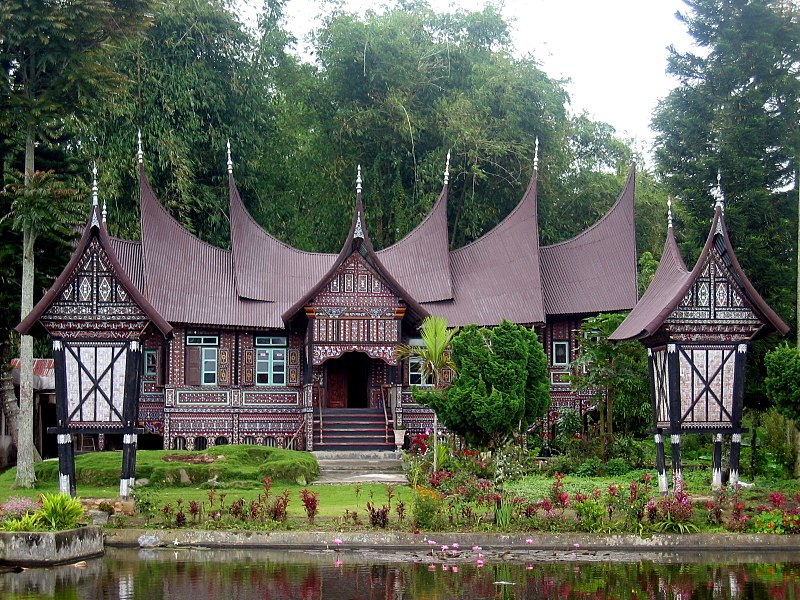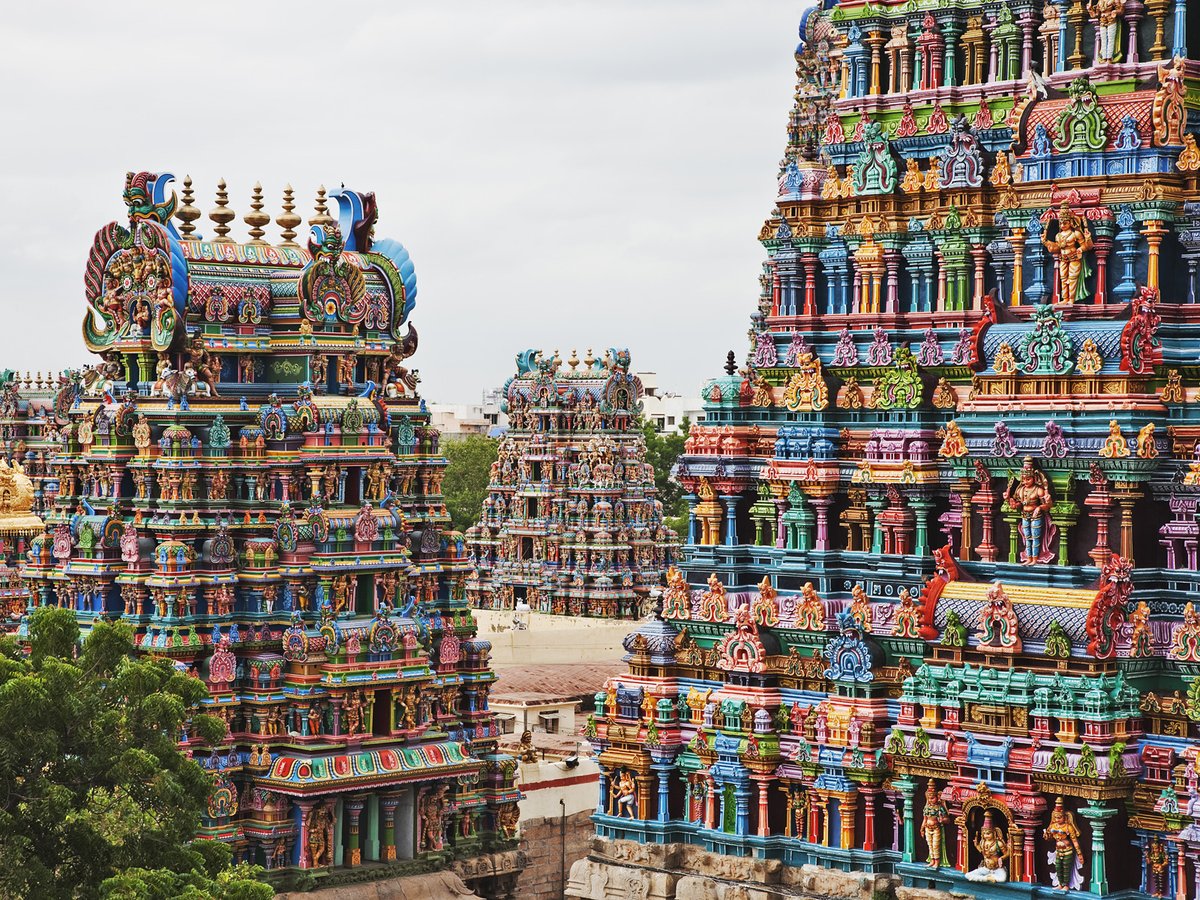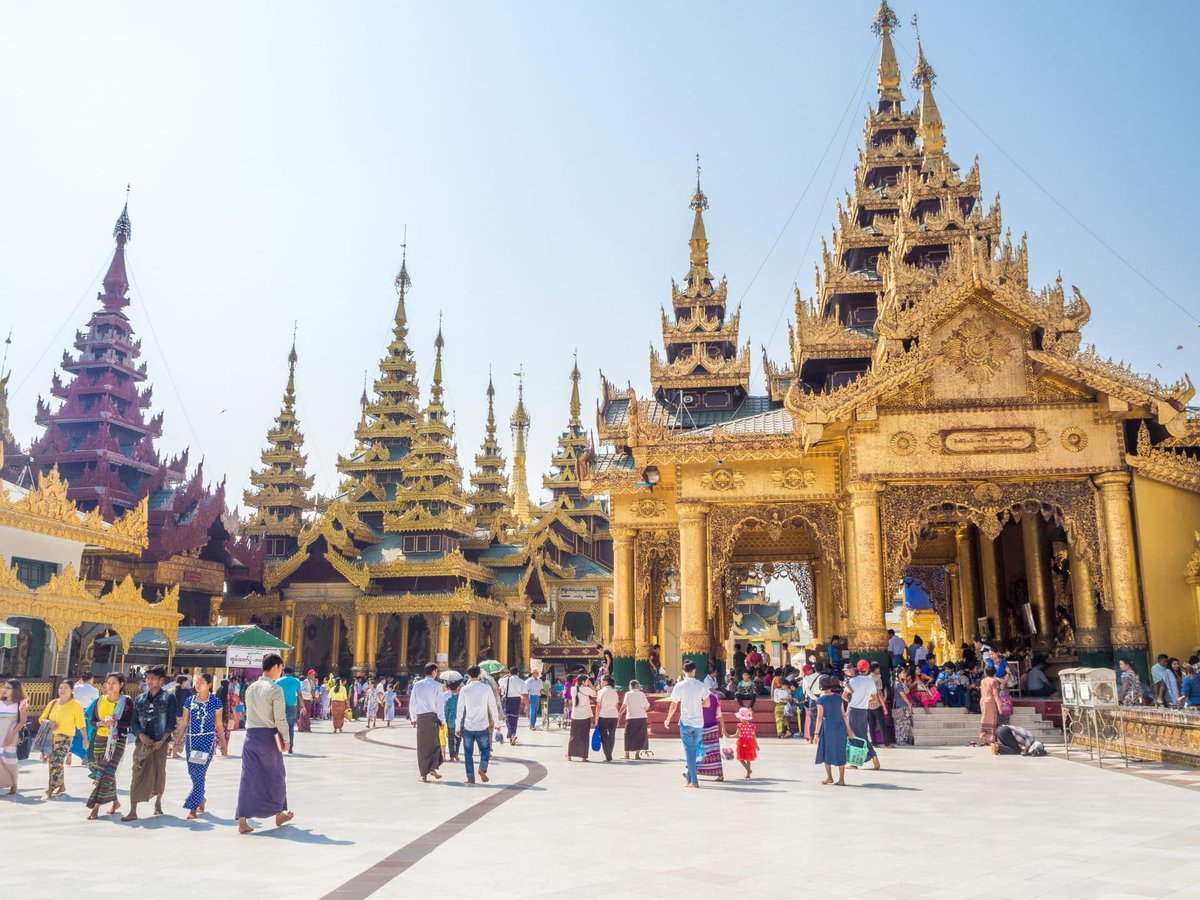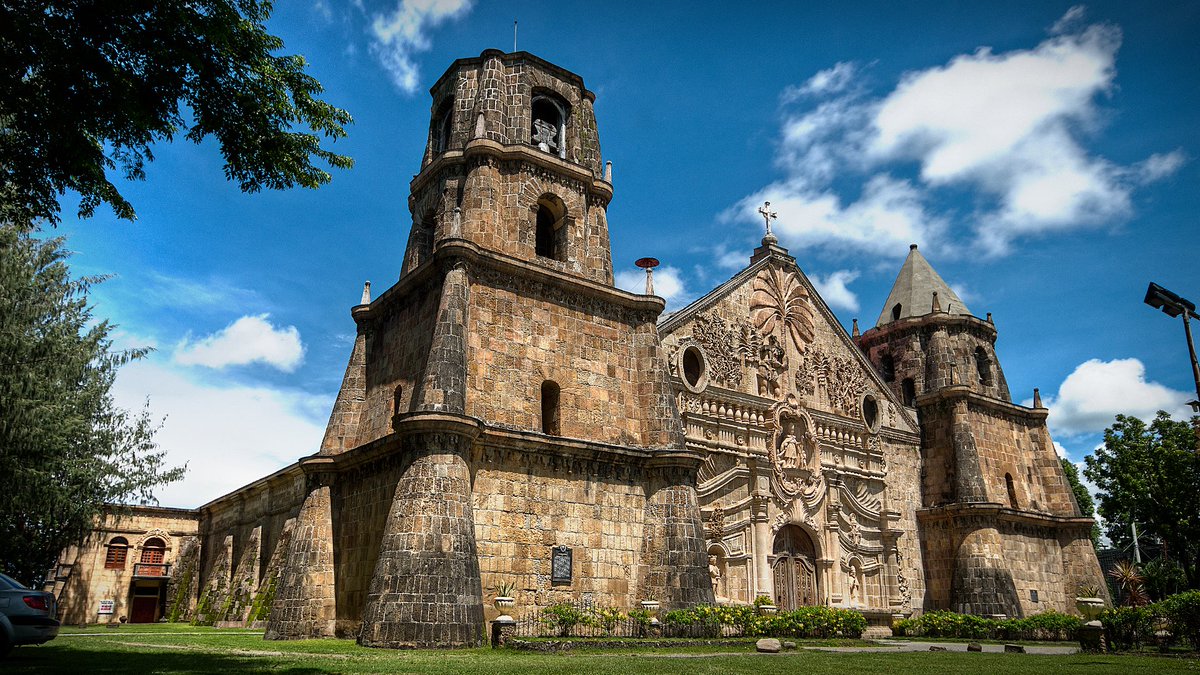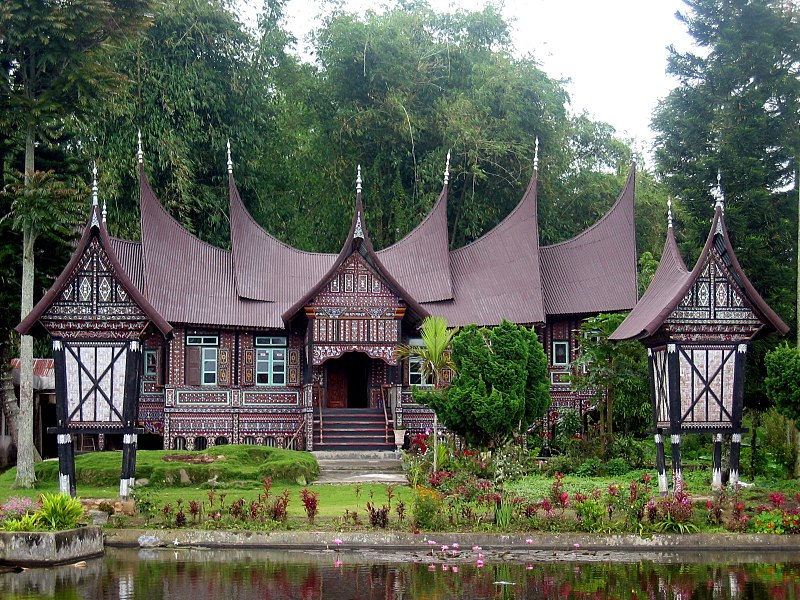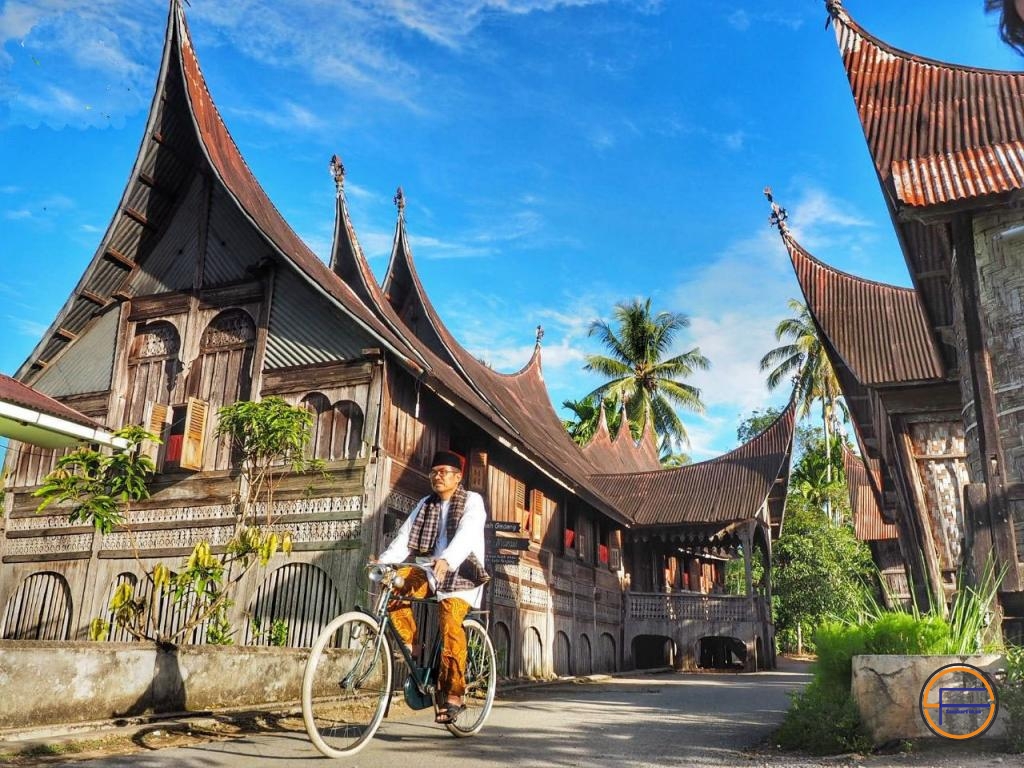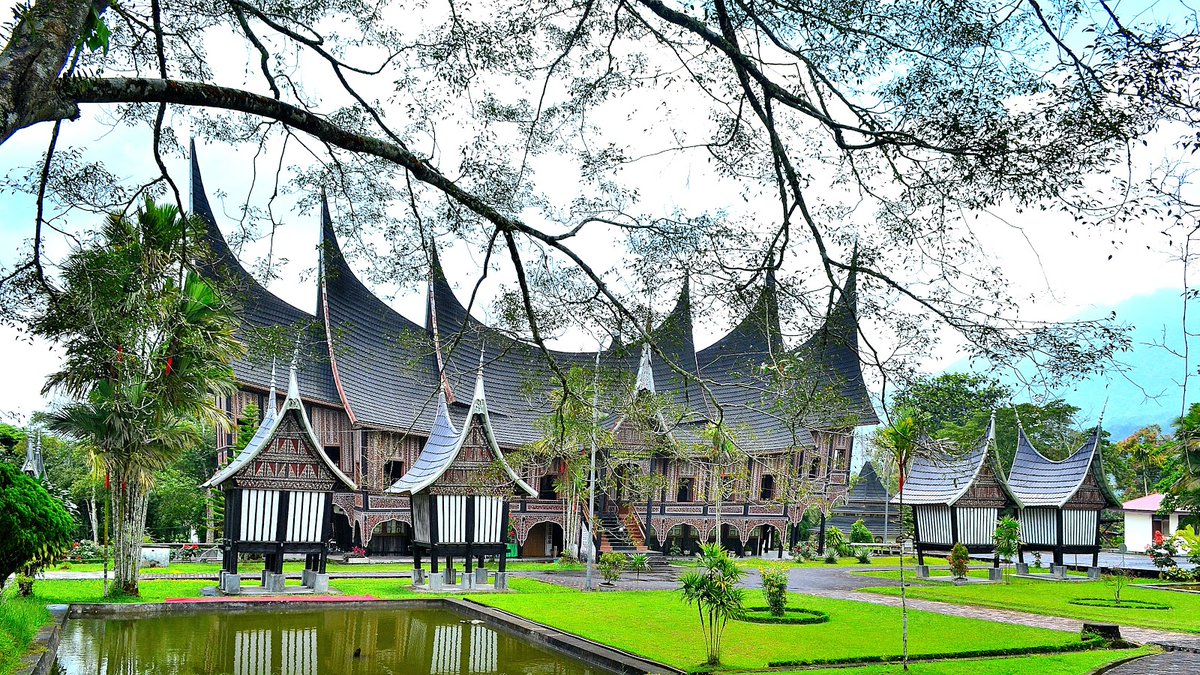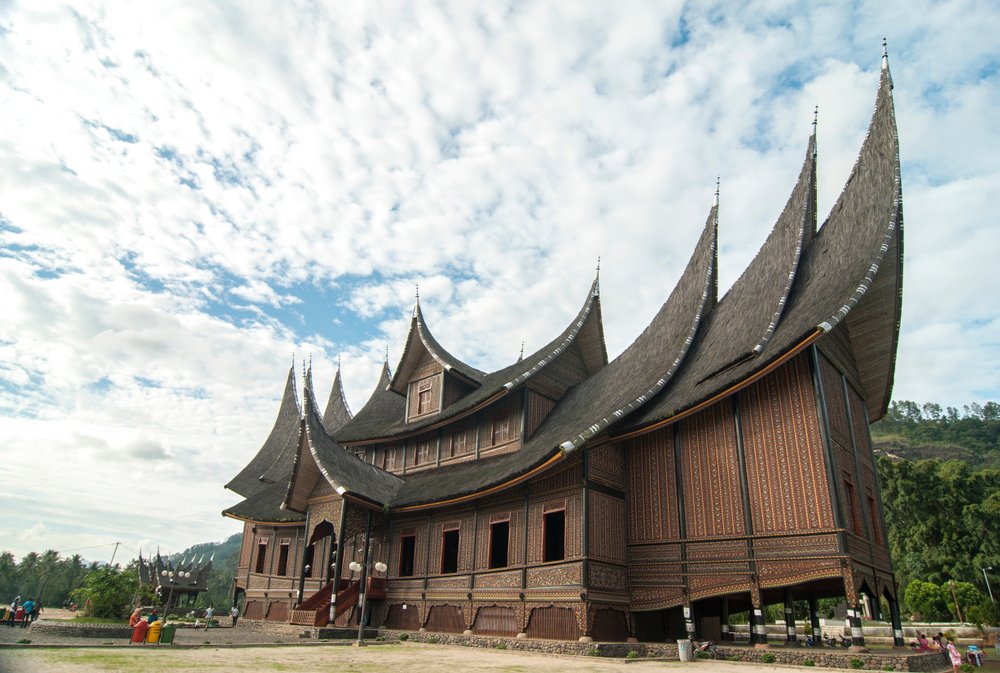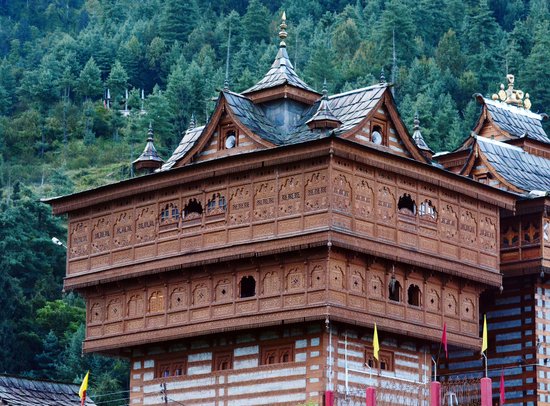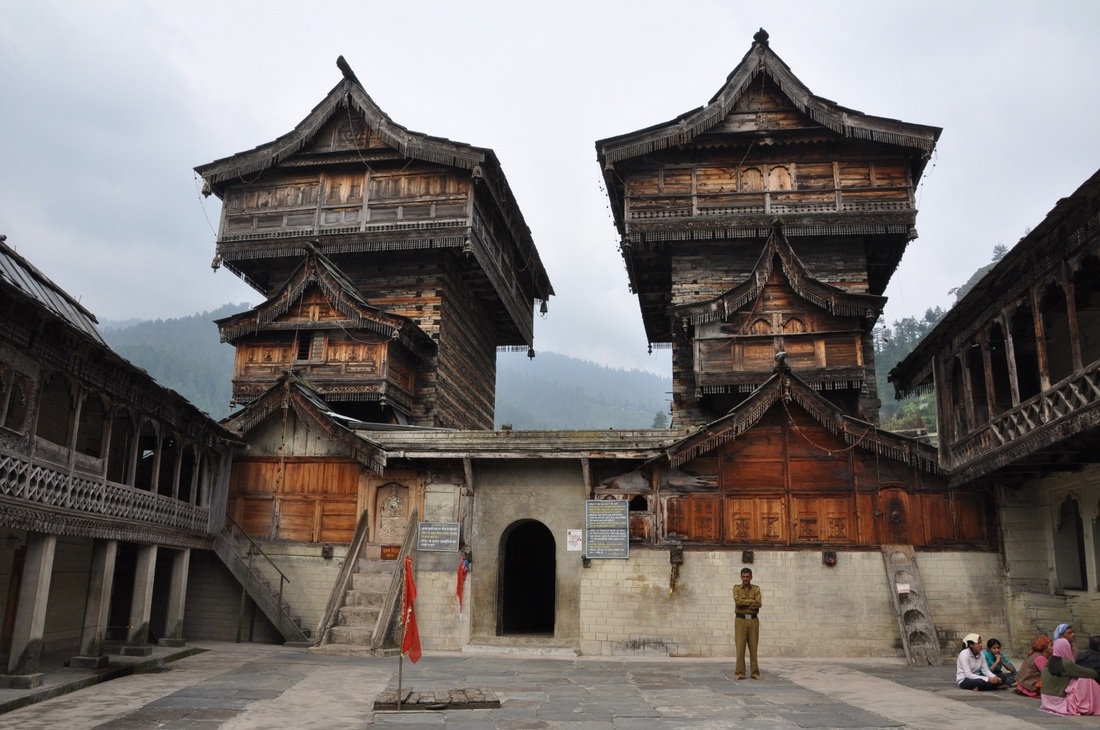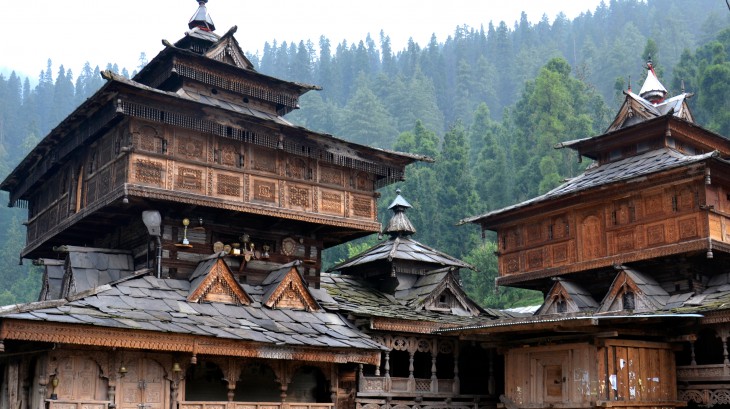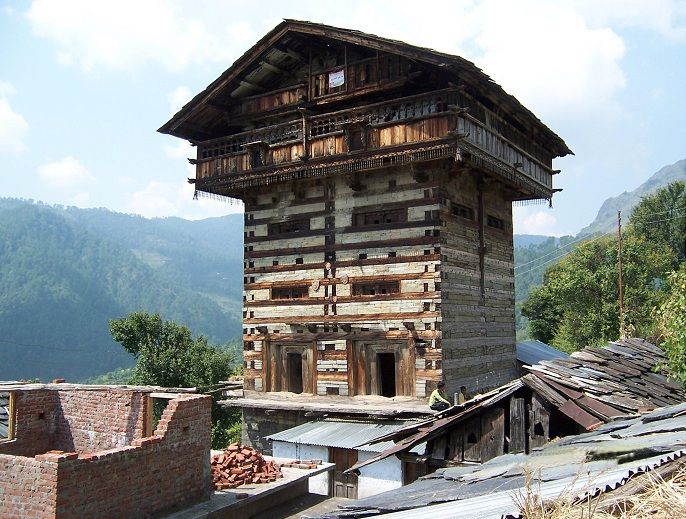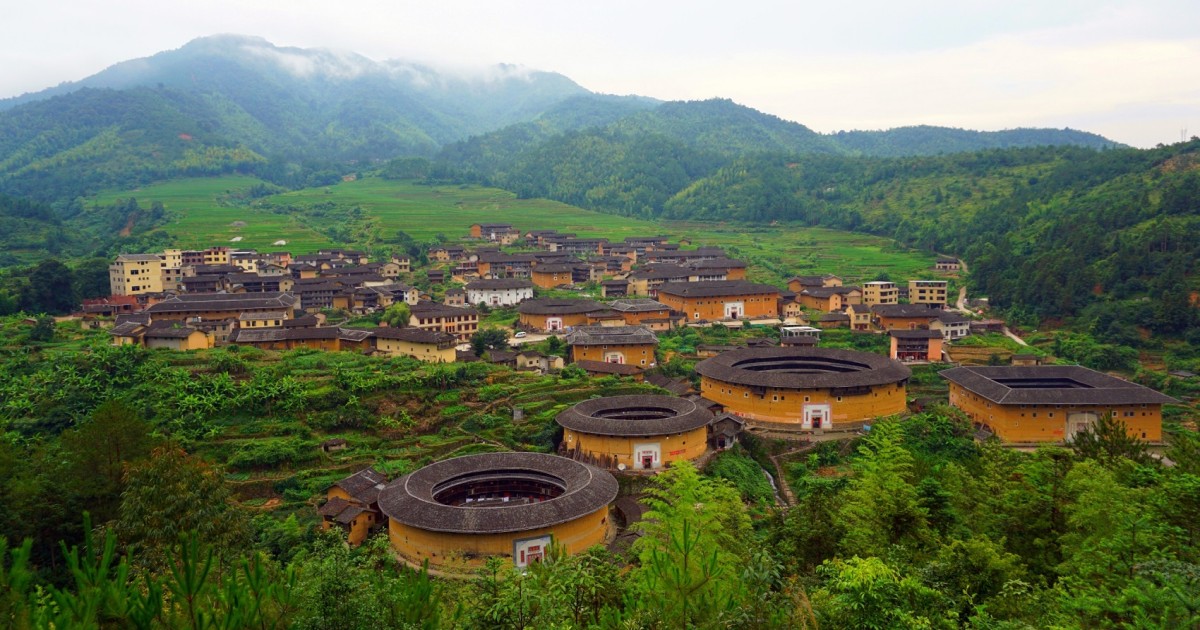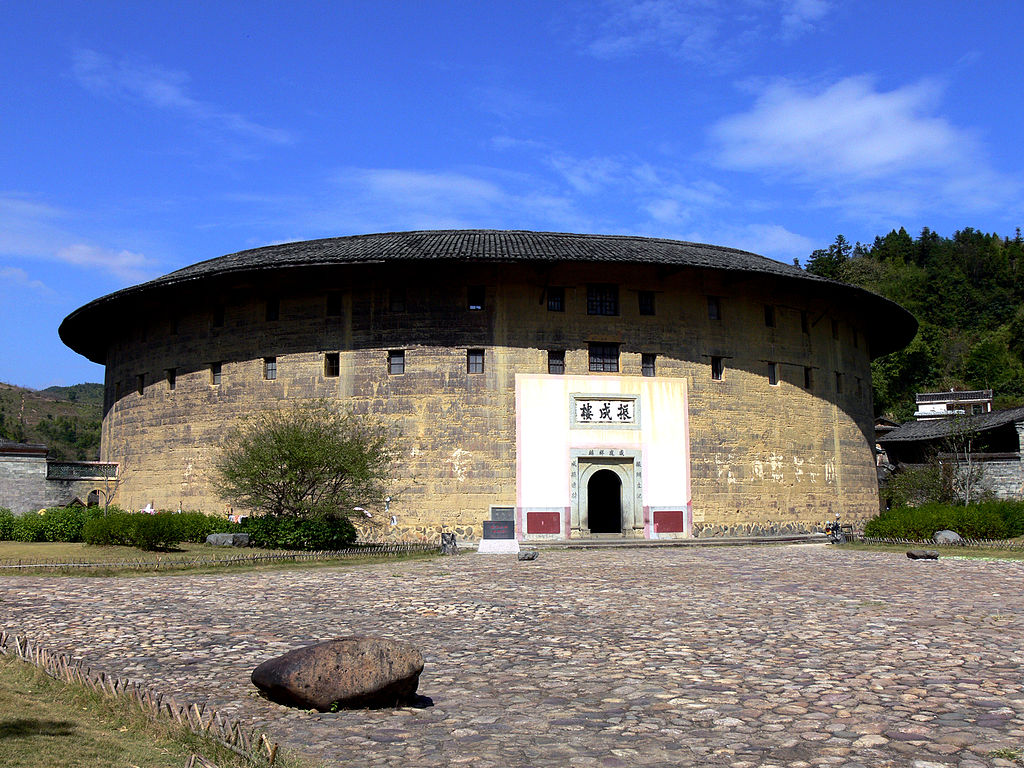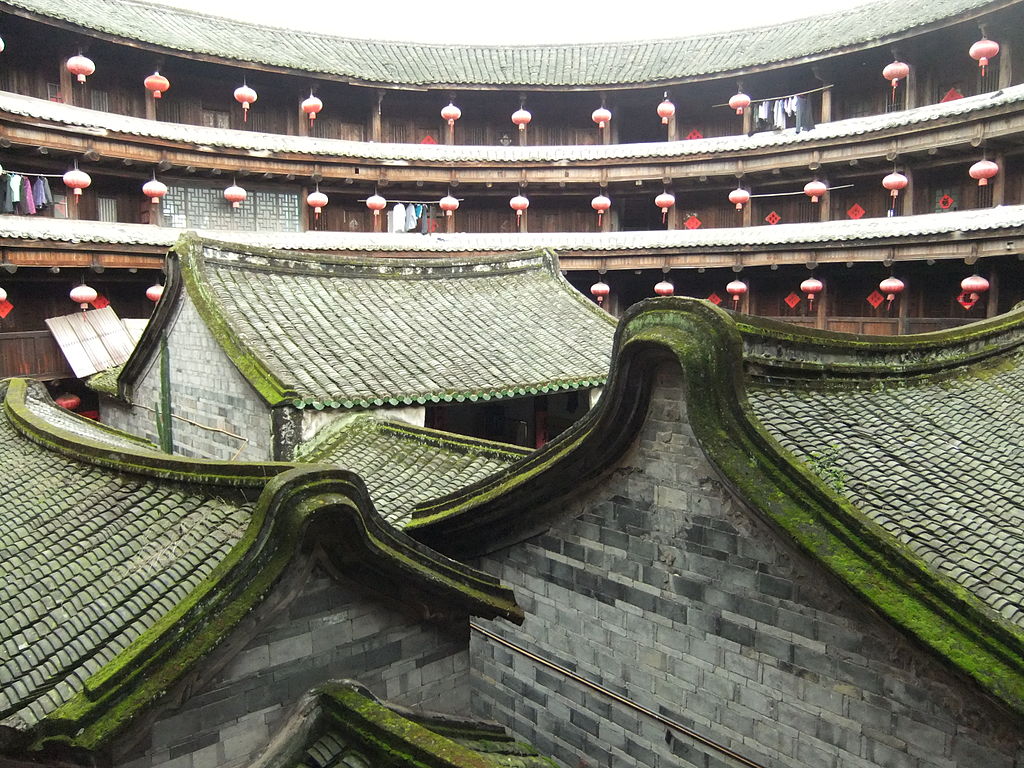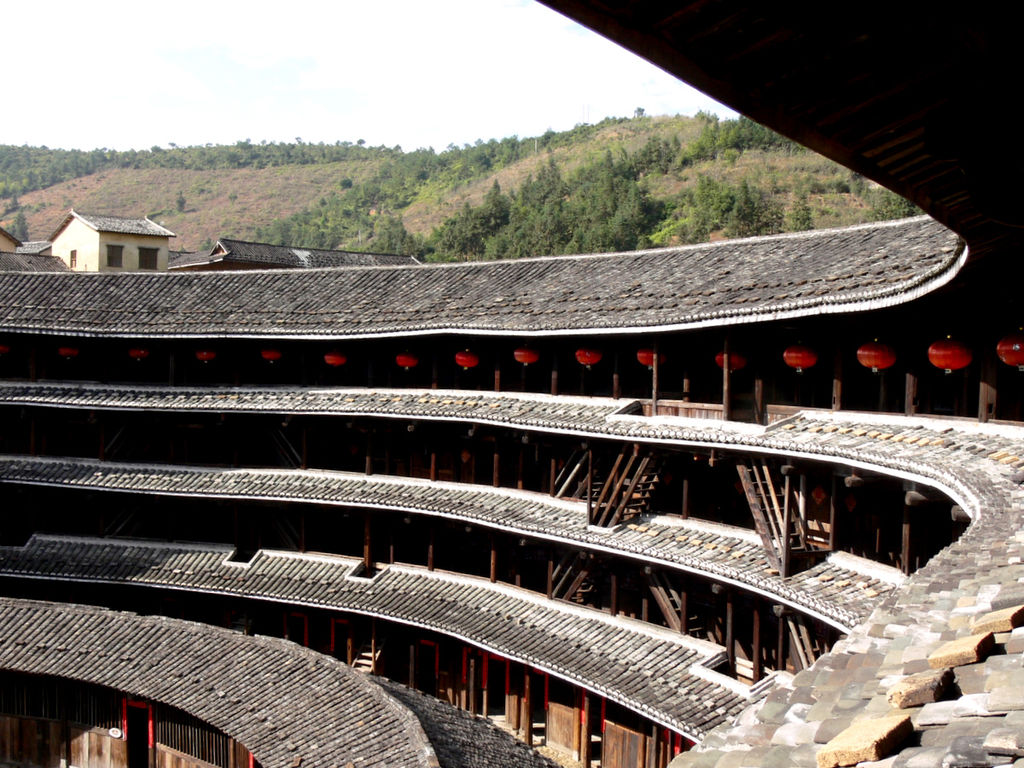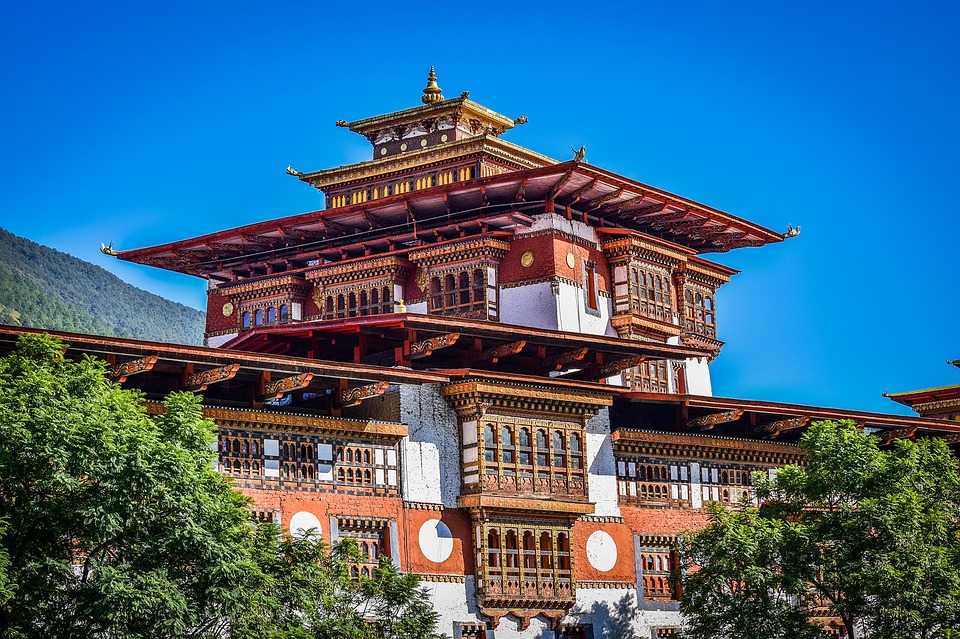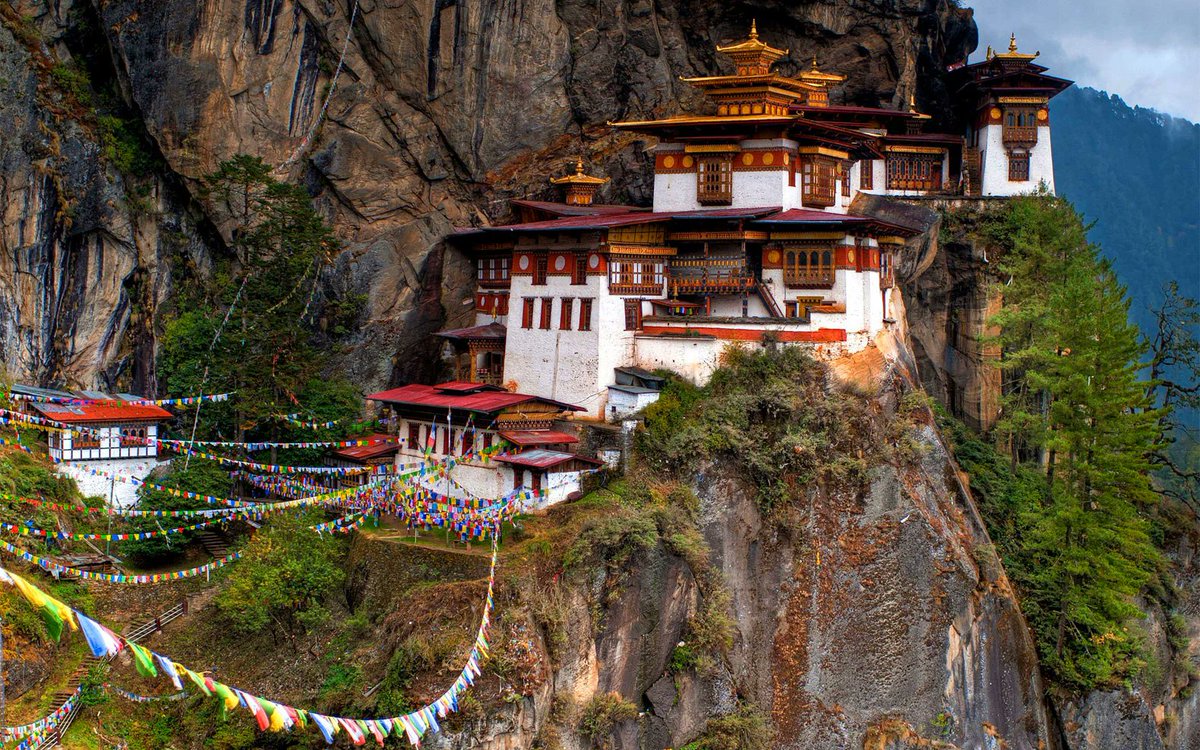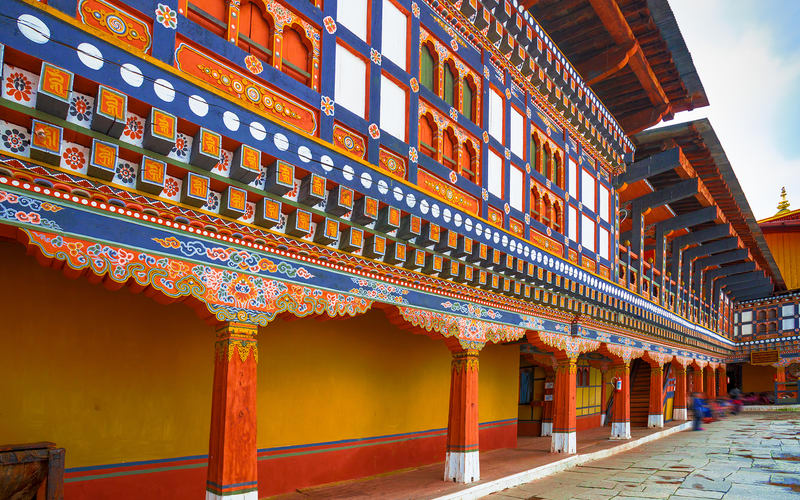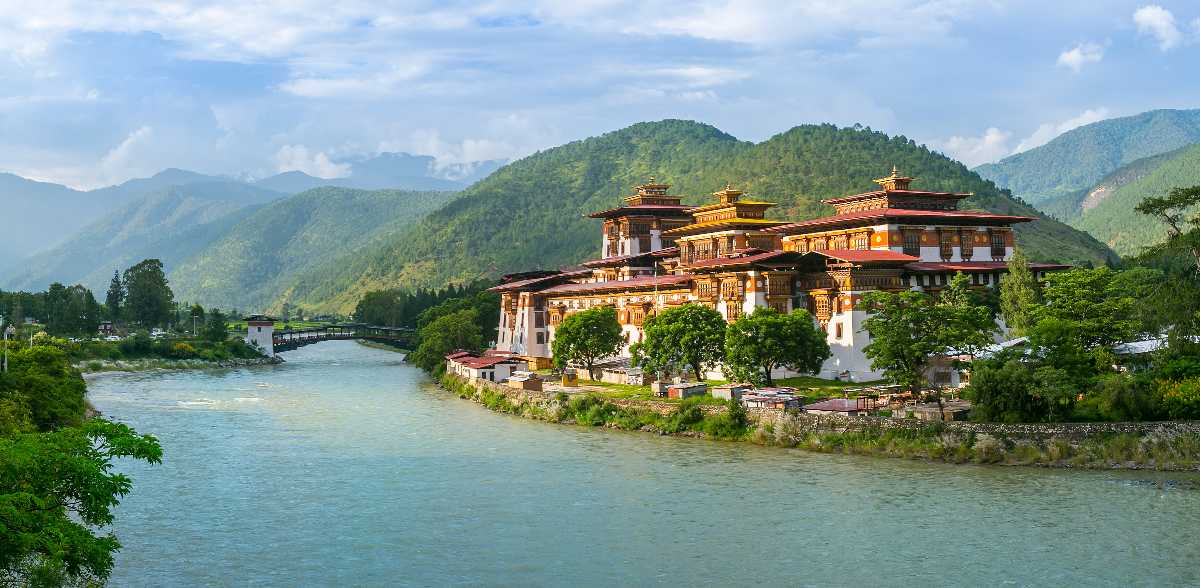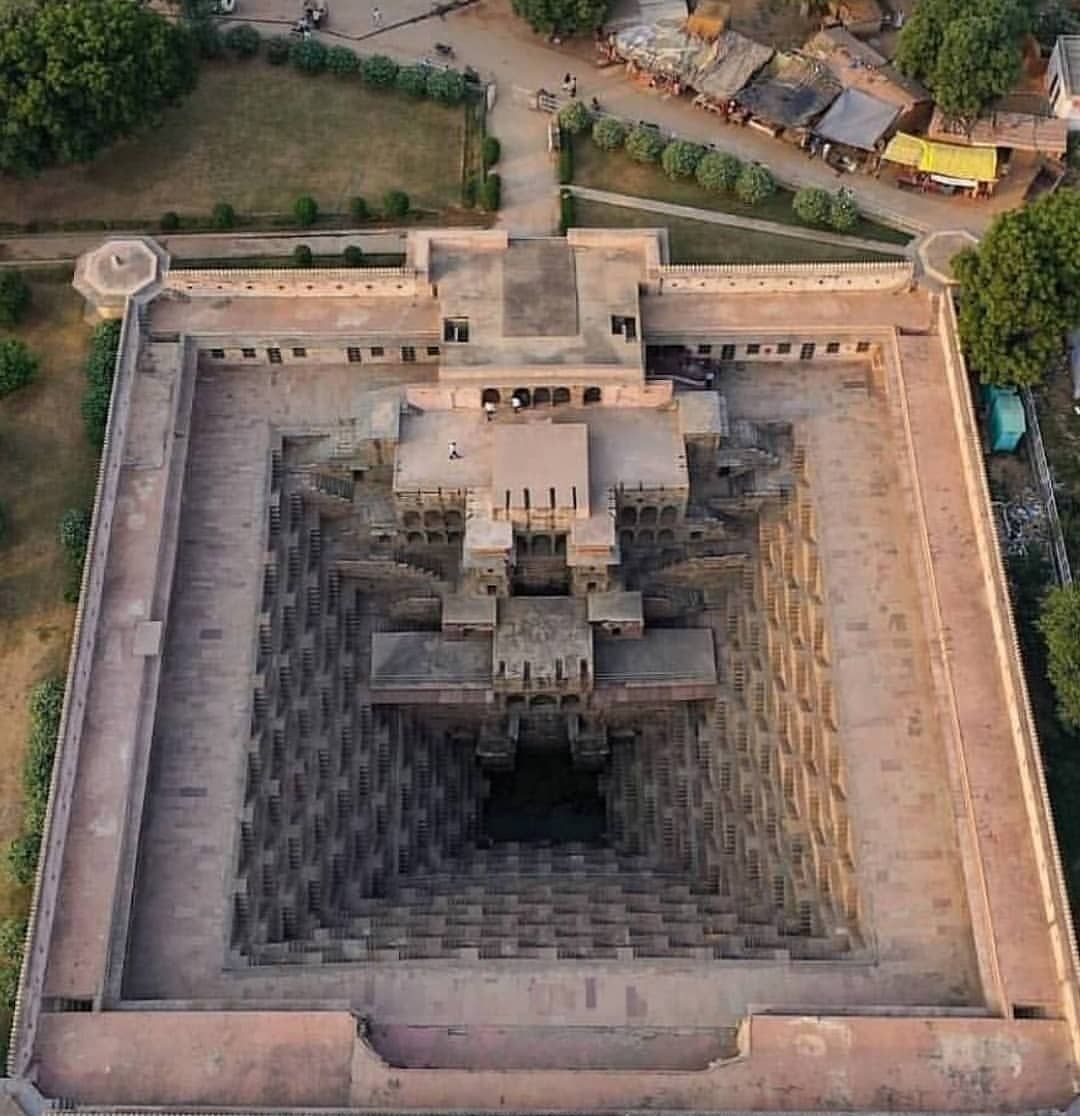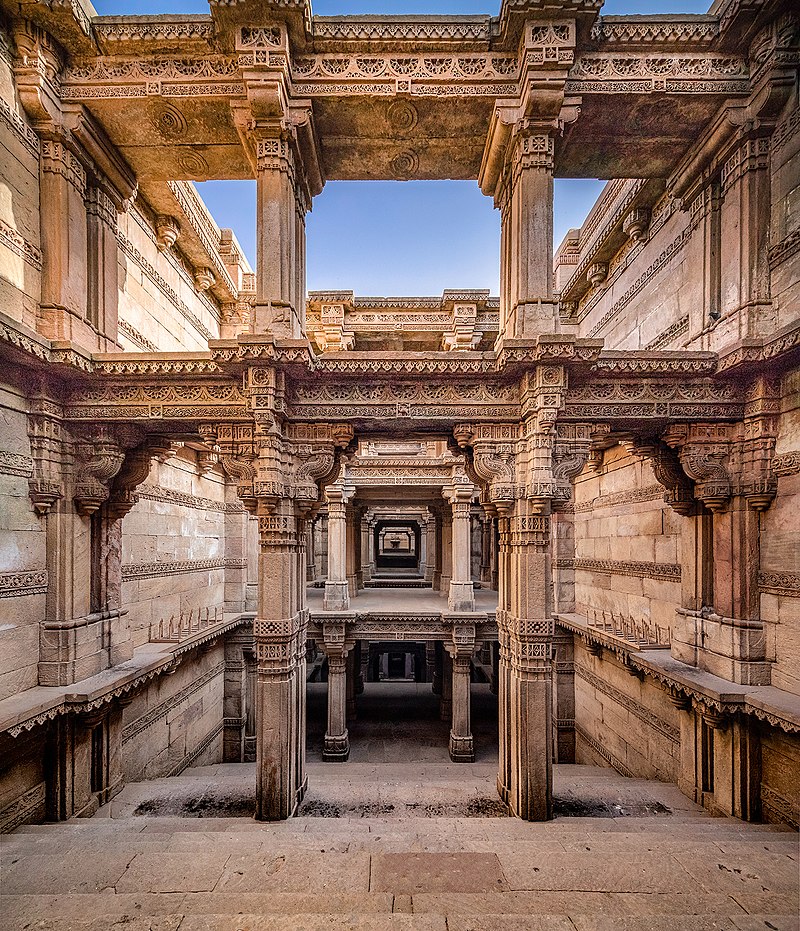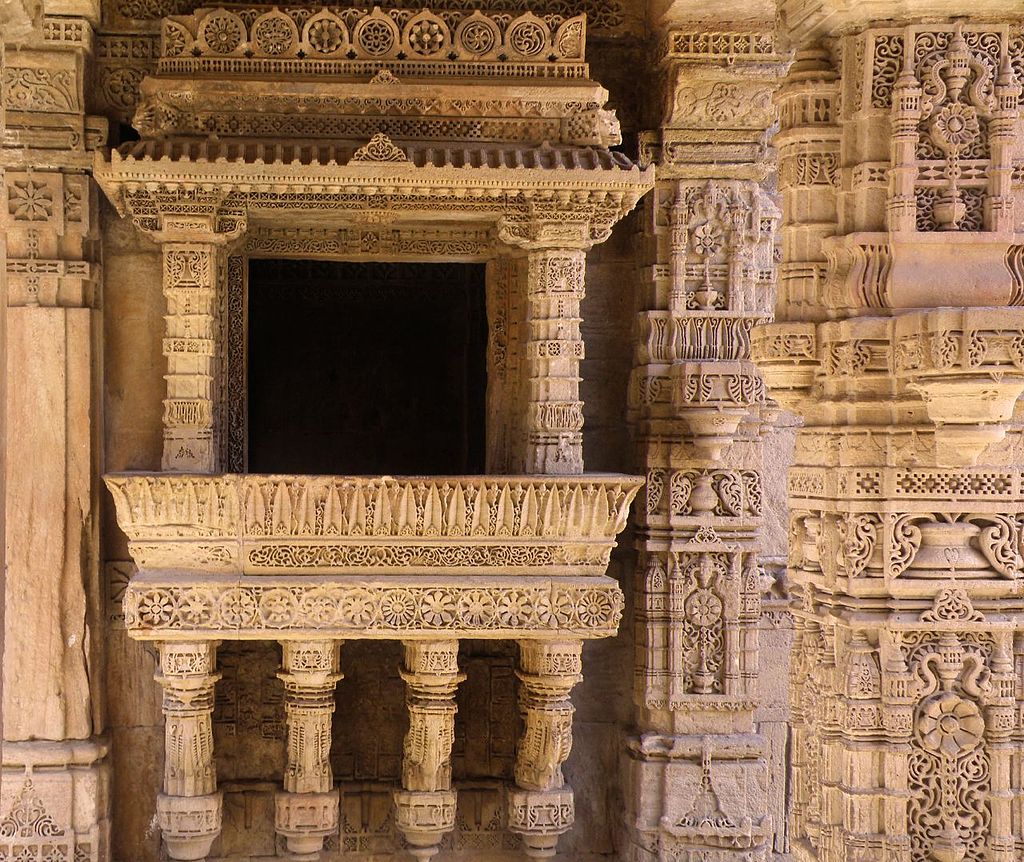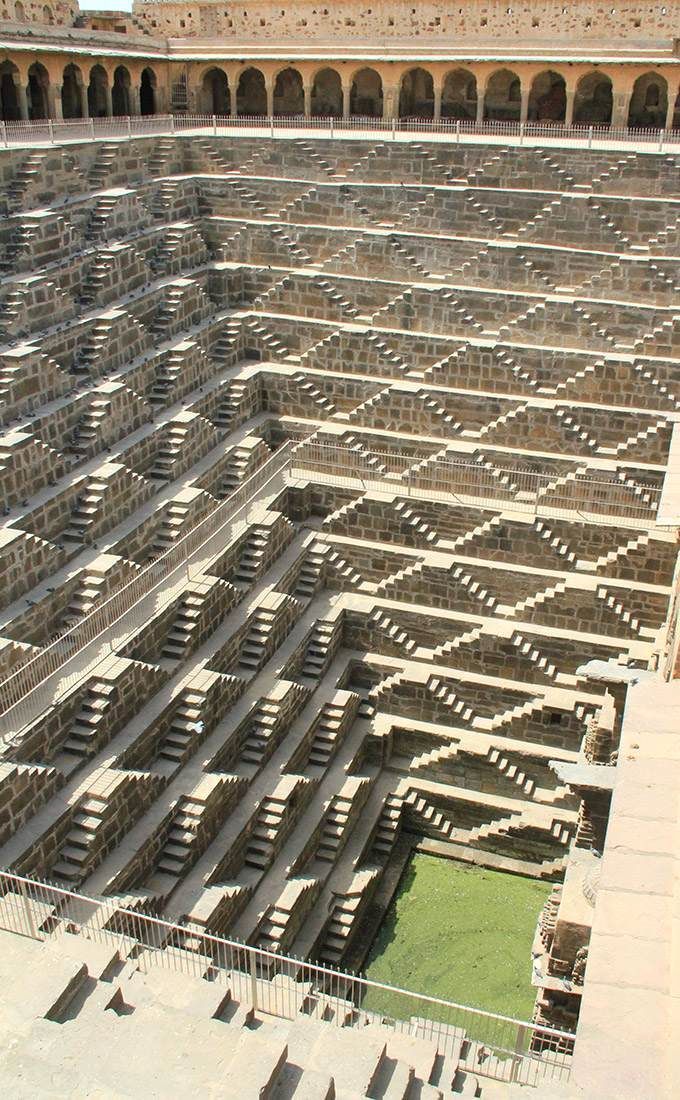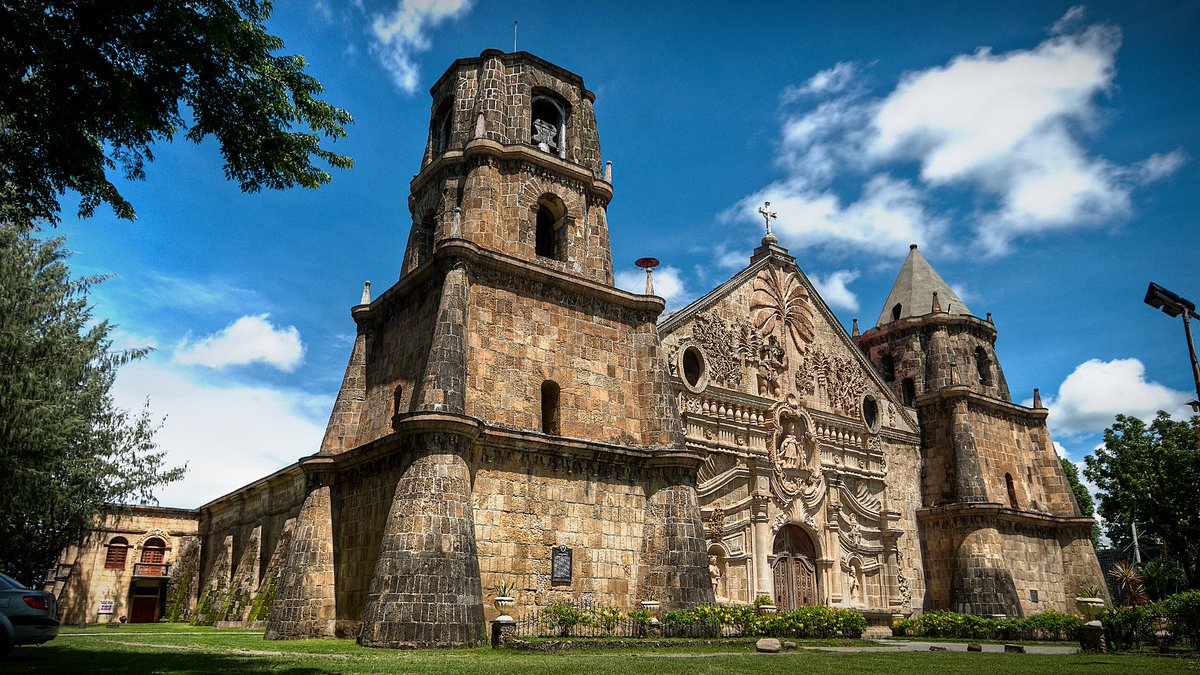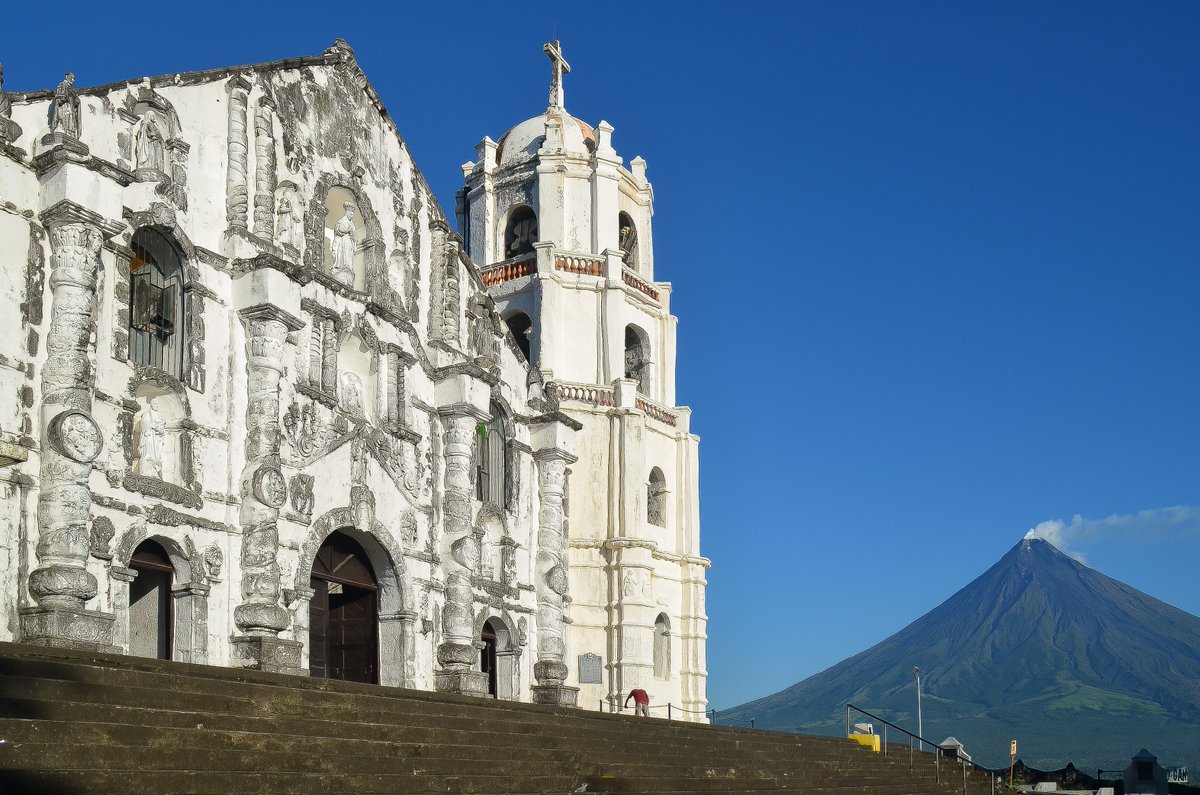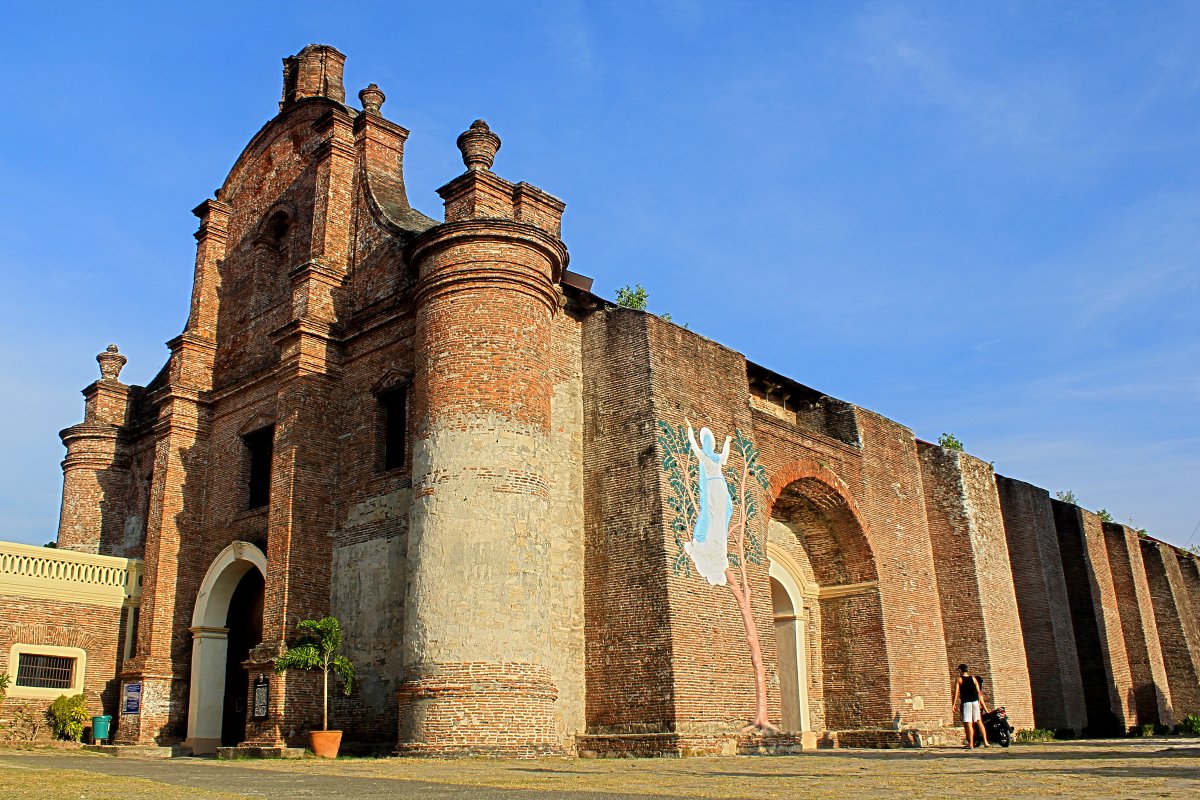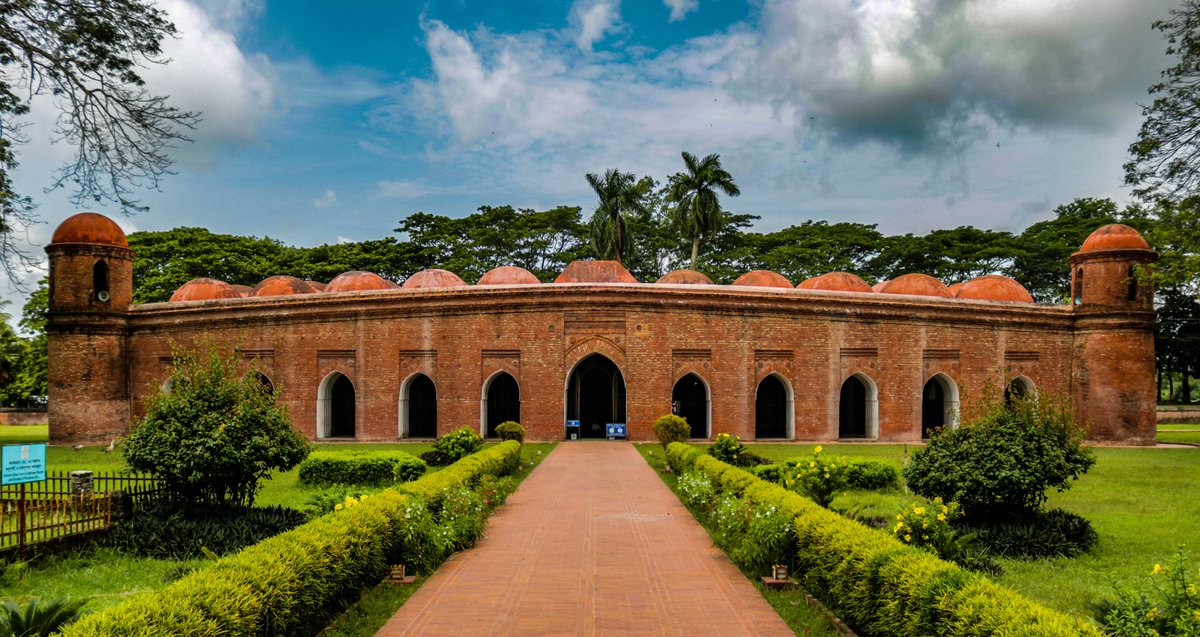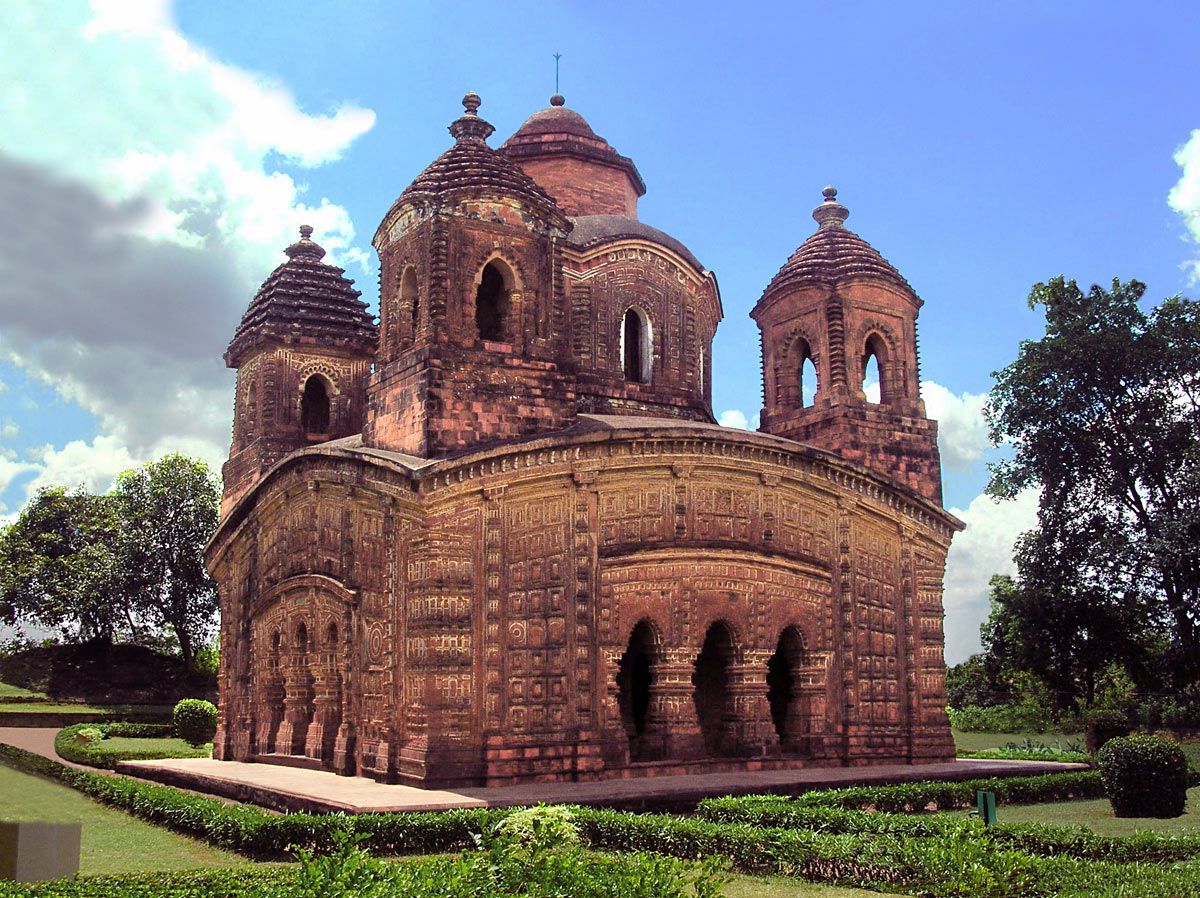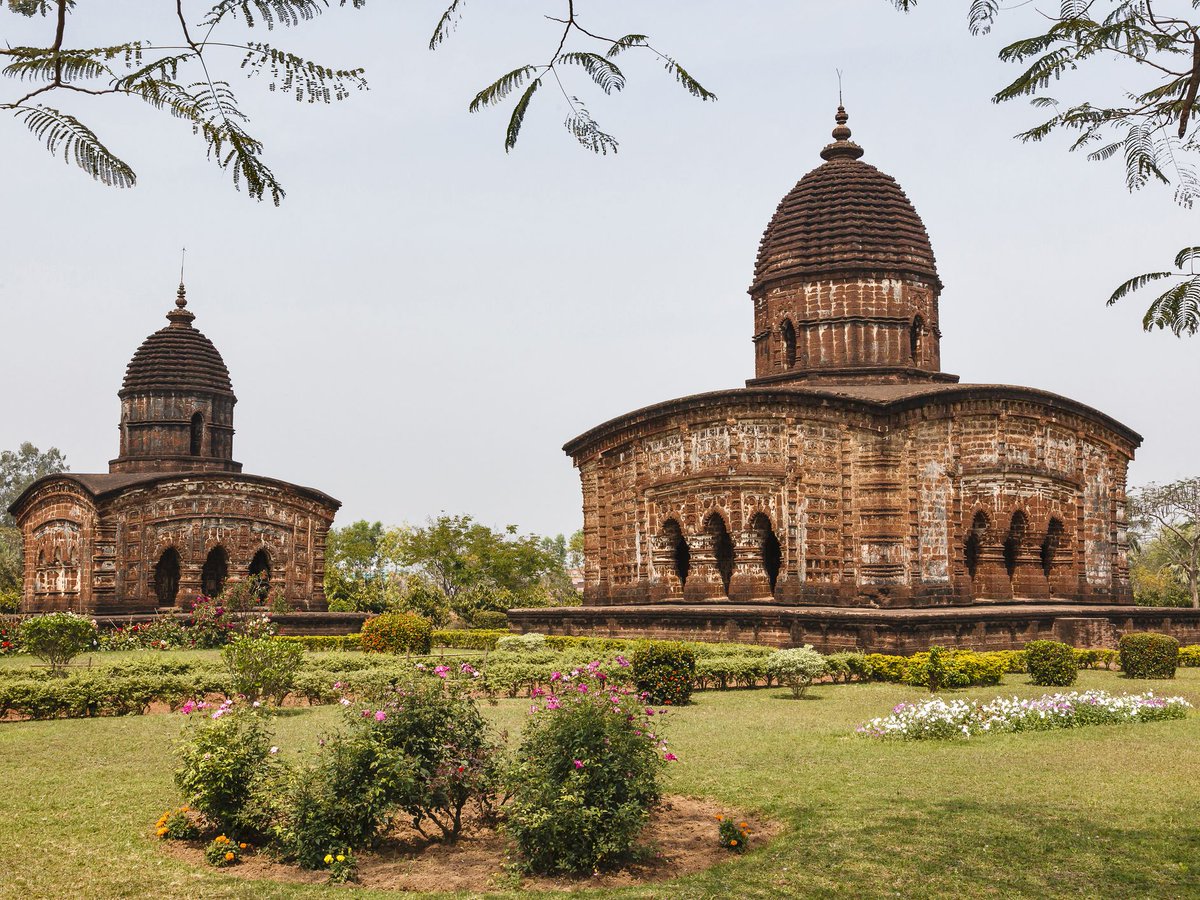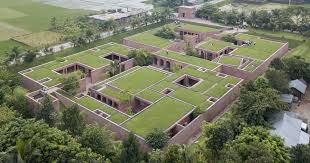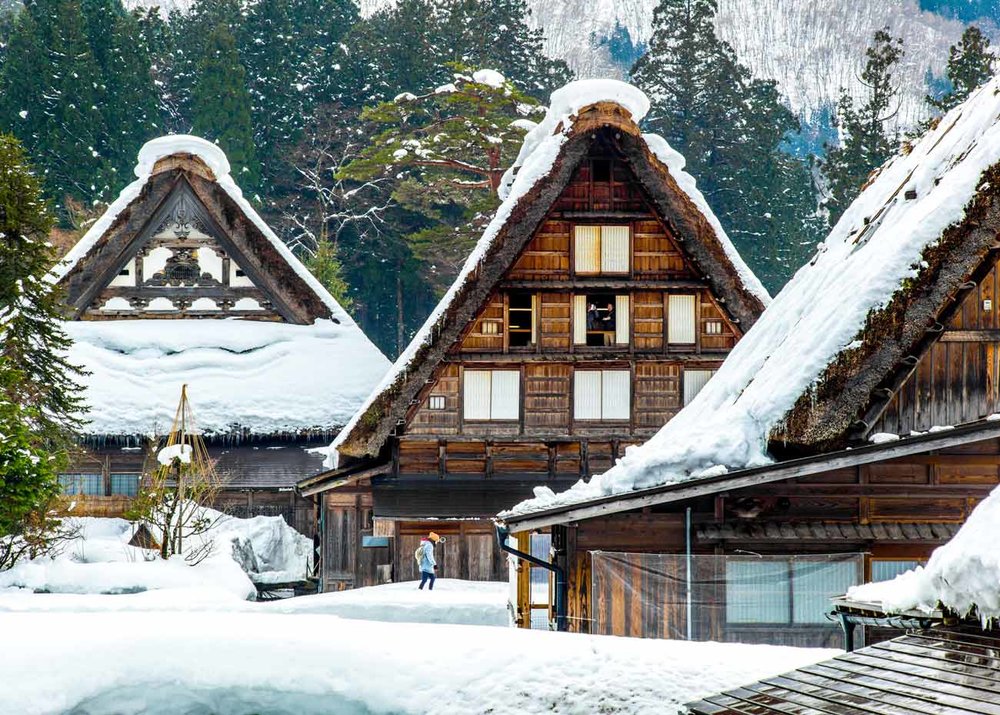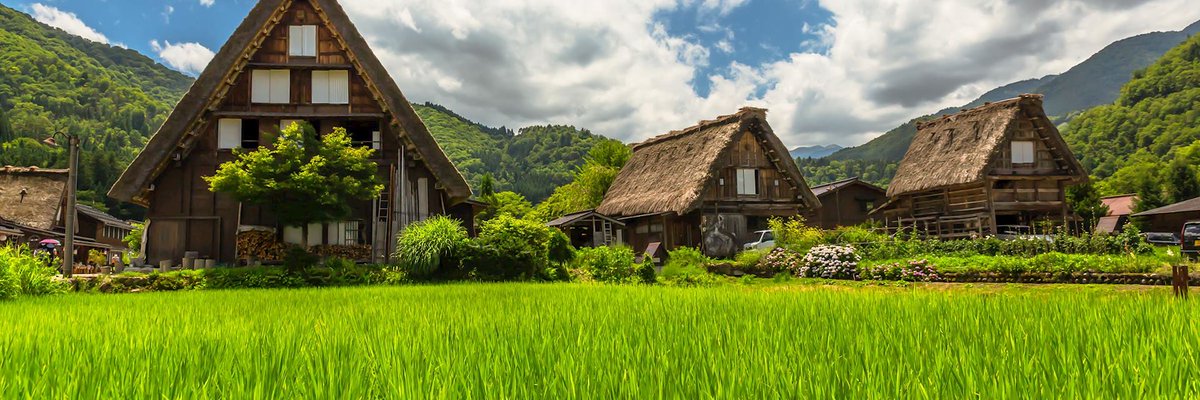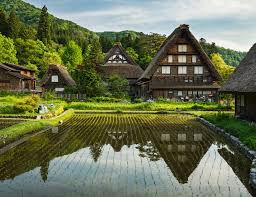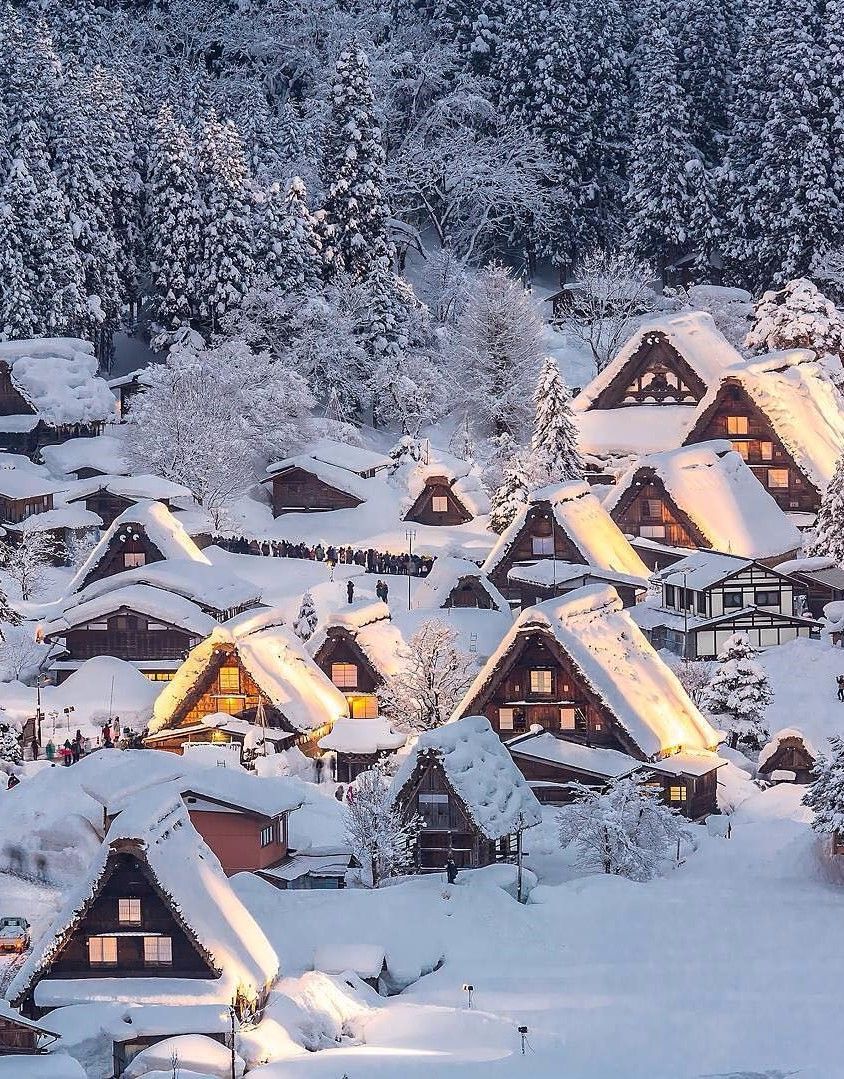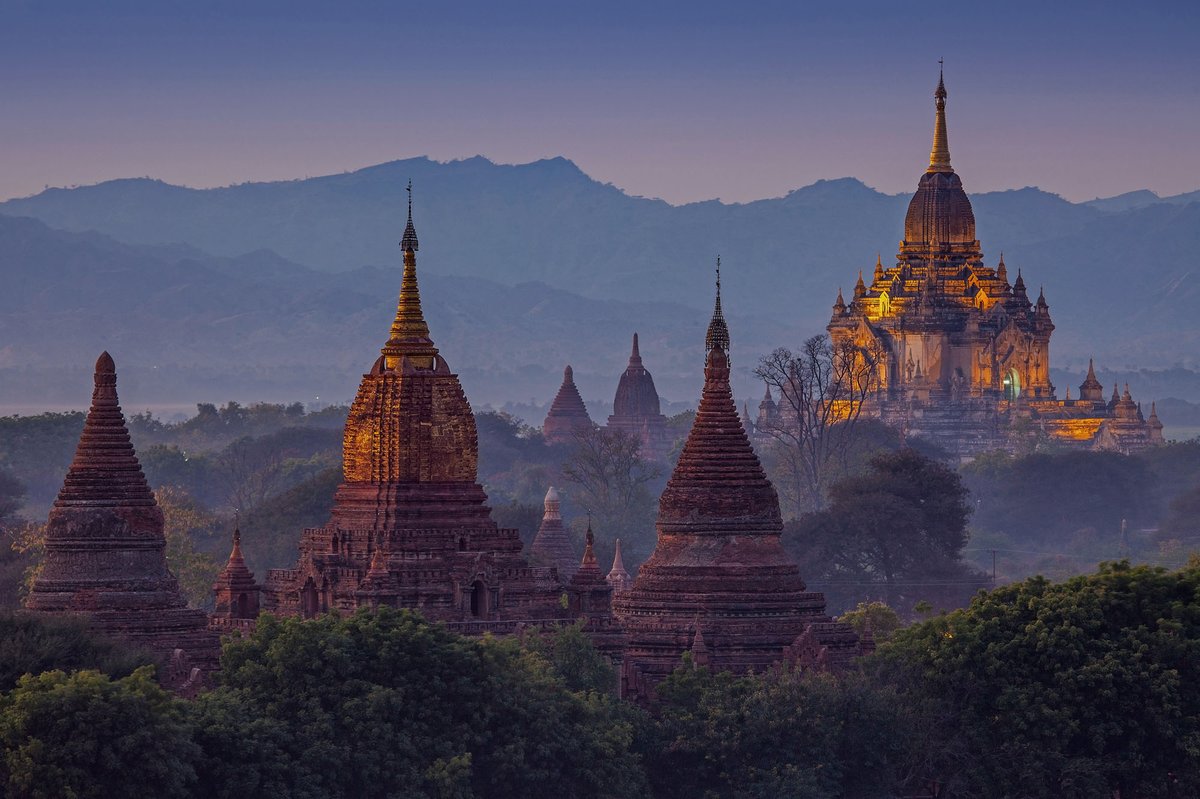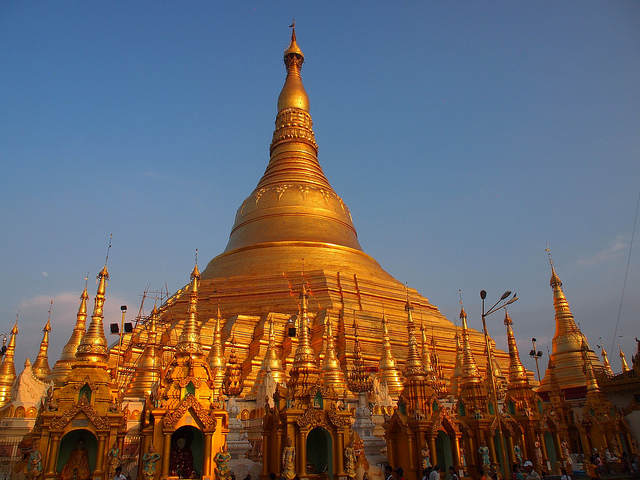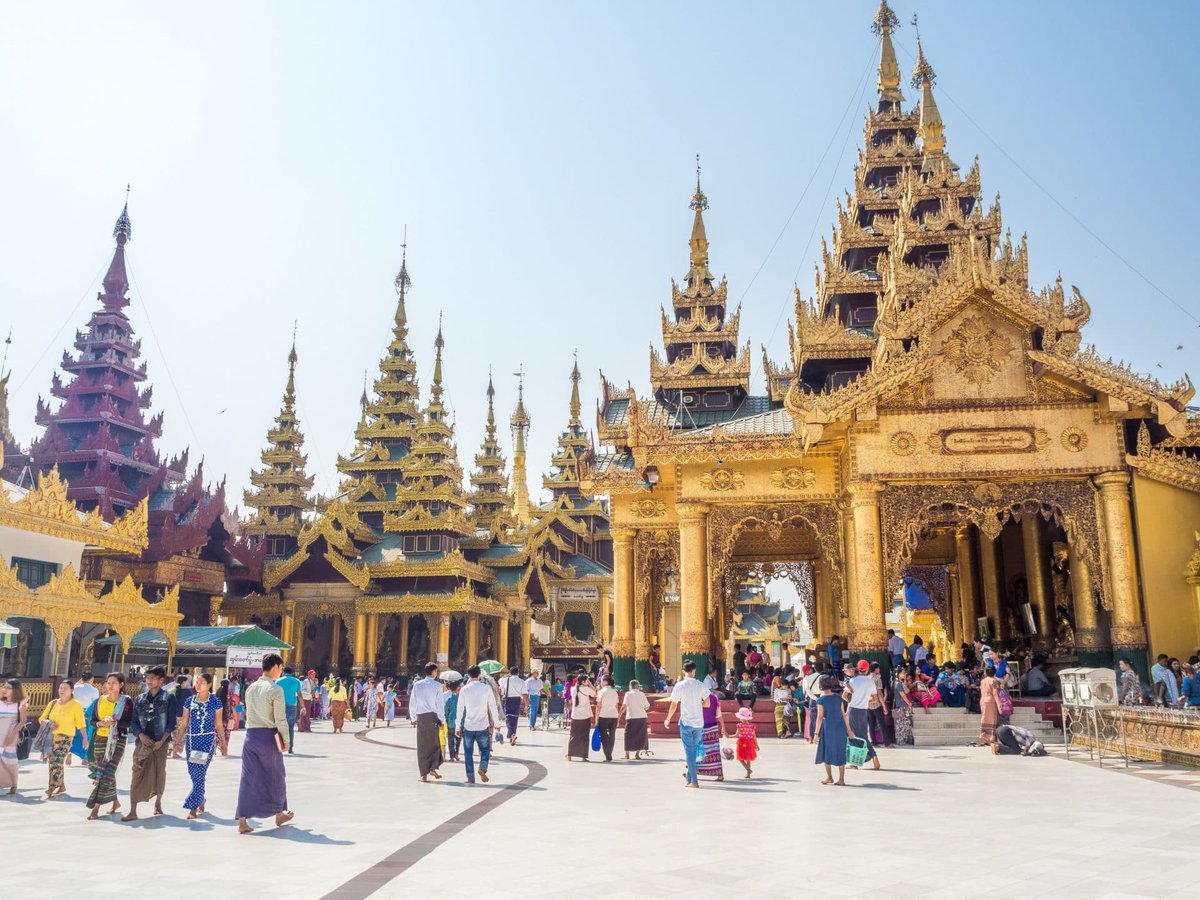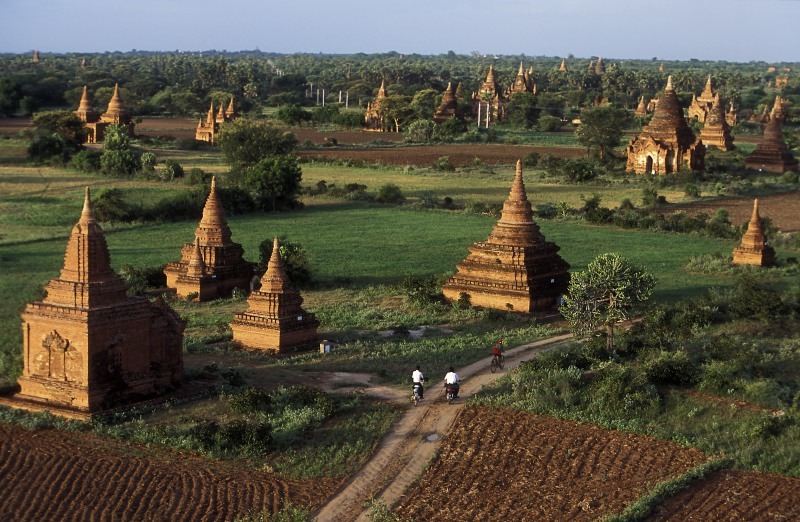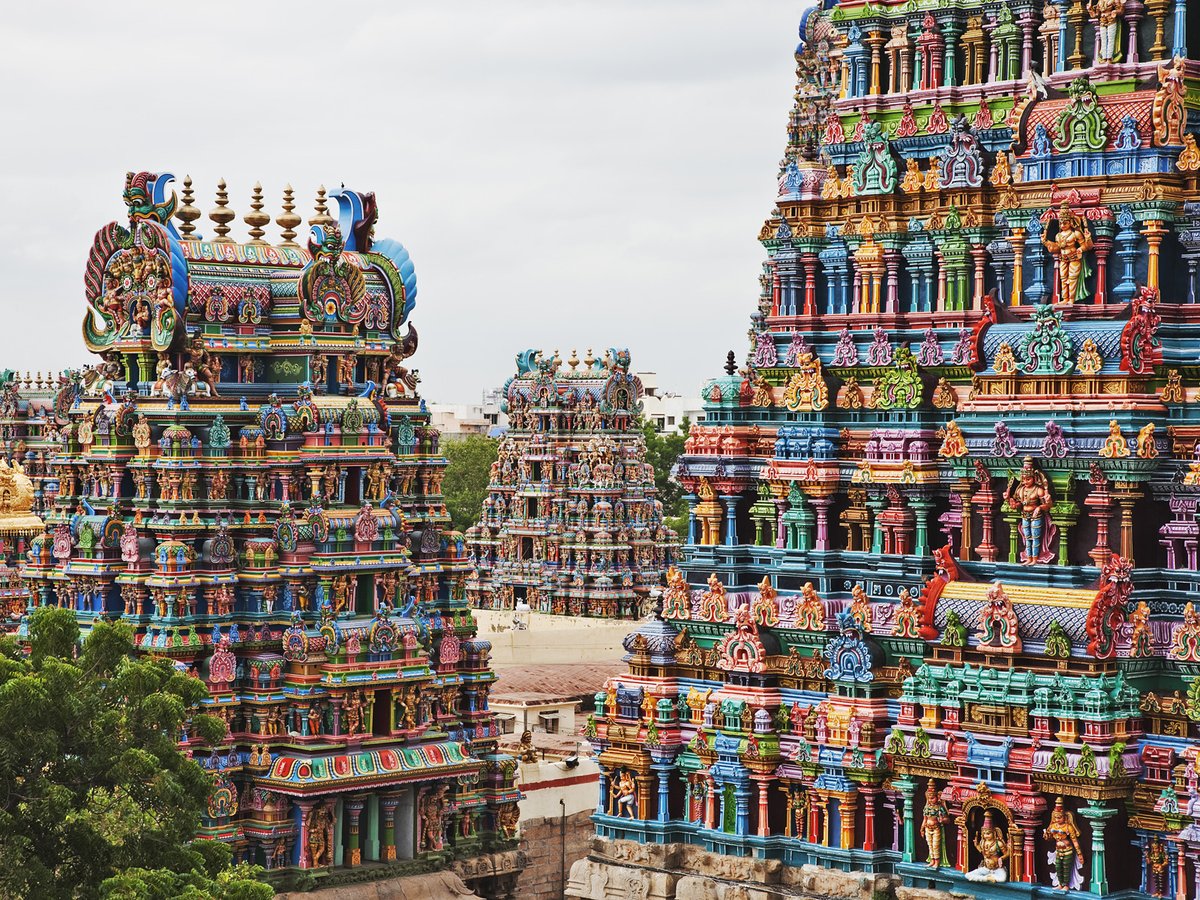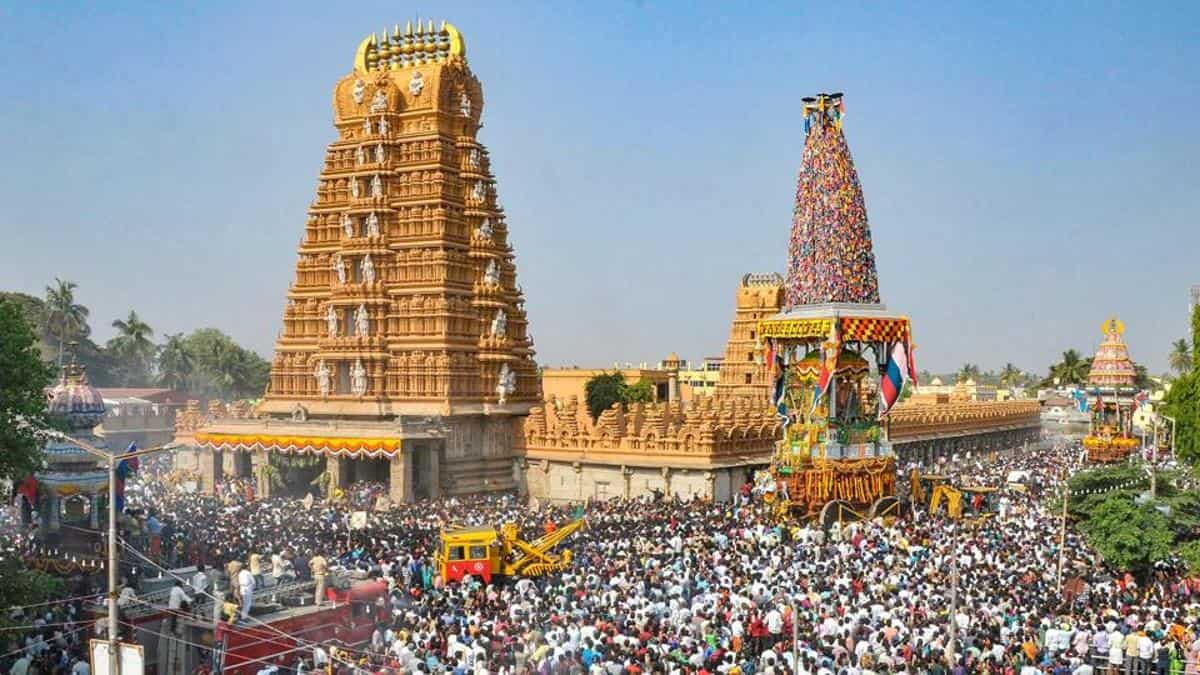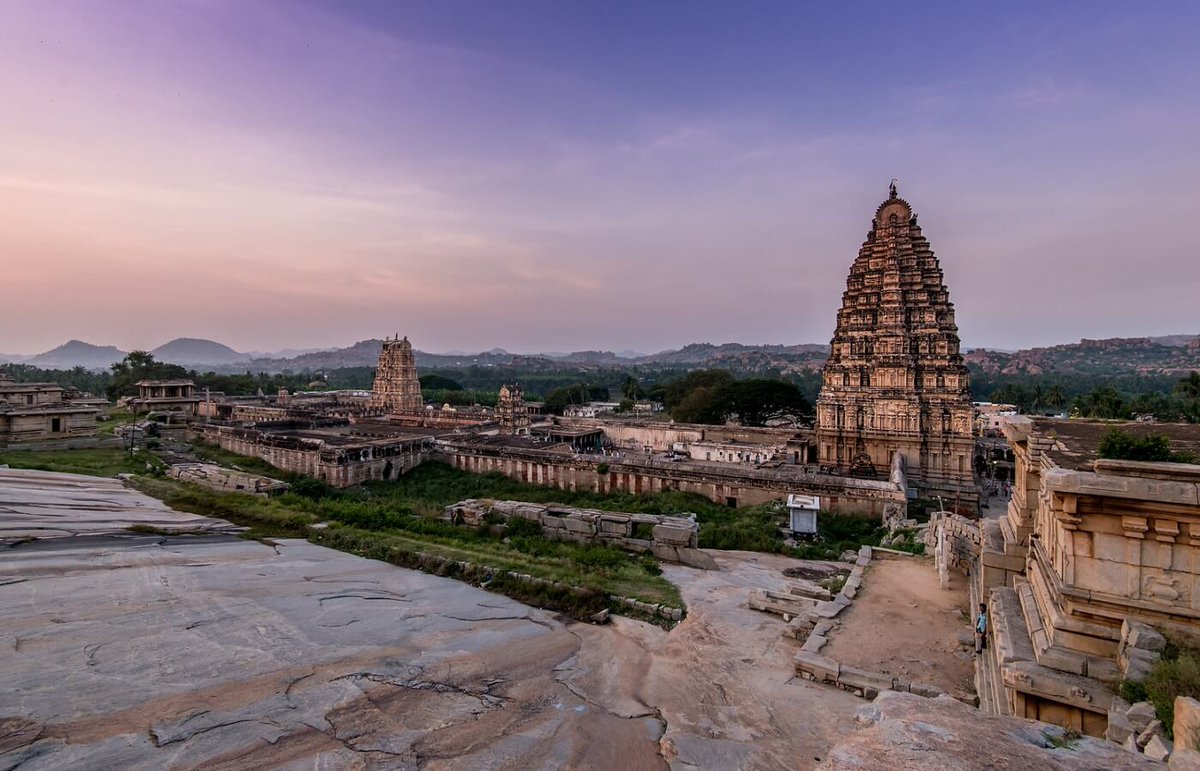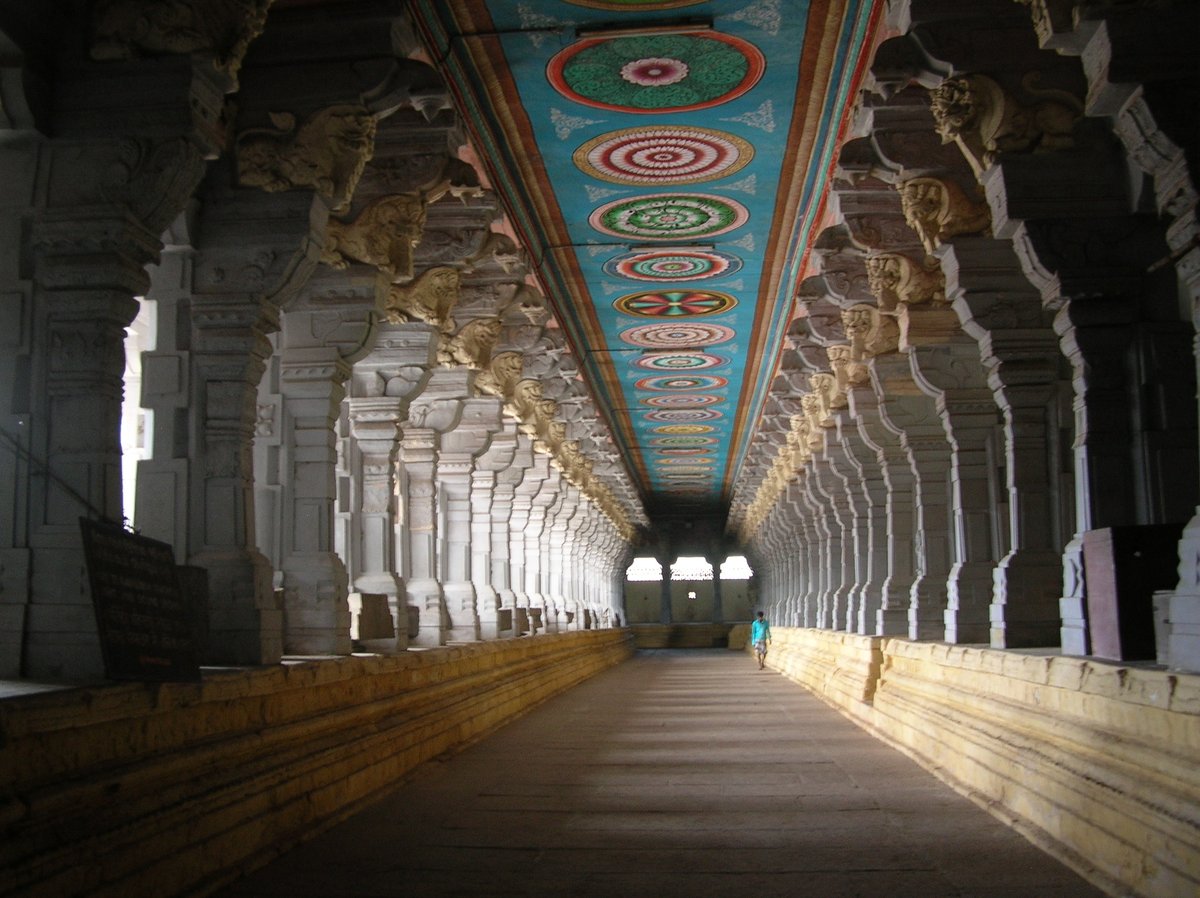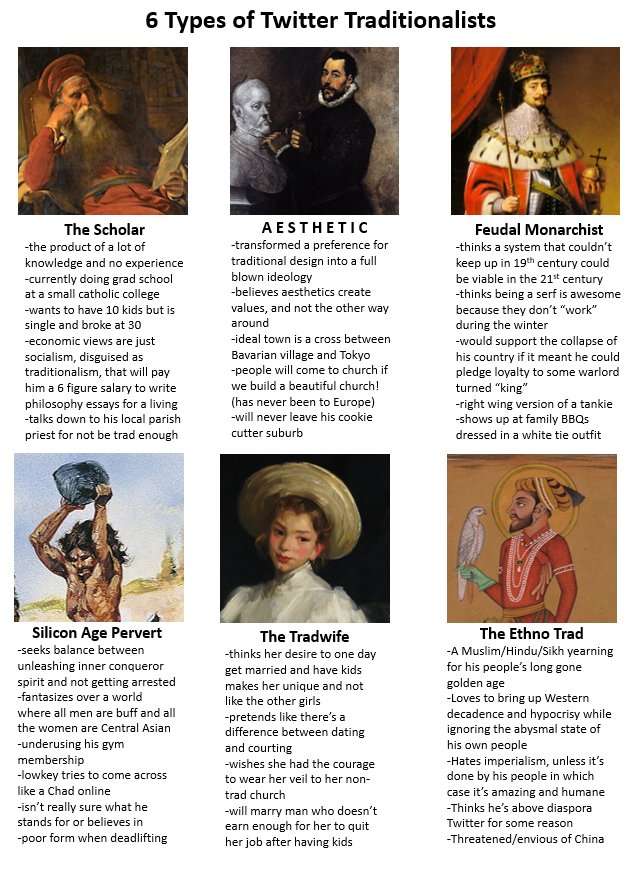Rumah Gadang (Indonesia)
Native to the Minangkabau people of West Sumatra, these homes are notable for their multi-tiered upswept gables and are decorated with intricate floral carvings and patterns. Traditionally these homes were passed down matrilineally, from woman to woman.
Native to the Minangkabau people of West Sumatra, these homes are notable for their multi-tiered upswept gables and are decorated with intricate floral carvings and patterns. Traditionally these homes were passed down matrilineally, from woman to woman.
Kath-Kuni (India)
Native to the highland regions of Himachal Pradesh and Uttarakhand. These structures are designed to be able to withstand damage from the regions frequent seismic activity. The style has been used to build homes, fortresses and Hindu temples.
Native to the highland regions of Himachal Pradesh and Uttarakhand. These structures are designed to be able to withstand damage from the regions frequent seismic activity. The style has been used to build homes, fortresses and Hindu temples.
Fujian Tulou (China)
Built between the 12th and 20th century in Fujian by the Hakka-Chinese, with the intent of fortifying their living space against potential conflicts with their neighbors. They are known for their egalitarian design with all sub-units around the same size.
Built between the 12th and 20th century in Fujian by the Hakka-Chinese, with the intent of fortifying their living space against potential conflicts with their neighbors. They are known for their egalitarian design with all sub-units around the same size.
Dzong (Bhutan)
This fortress style form of building is codified in the Driglam Namzha text which requires all new buildings to conform to traditional Dzong design.
This fortress style form of building is codified in the Driglam Namzha text which requires all new buildings to conform to traditional Dzong design.
Baoris (India & Pakistan)
These large, intricately designed stepwells serve as reservoirs of water during the dry season or droughts. The first ones were constructed in 200AD. Nearly 3,000 such structures exist with the largest extending nearly 30 meters (100ft) into the ground.
These large, intricately designed stepwells serve as reservoirs of water during the dry season or droughts. The first ones were constructed in 200AD. Nearly 3,000 such structures exist with the largest extending nearly 30 meters (100ft) into the ground.
Earthquake Baroque (Philippines)
Built between the 17th and 18th century, it was an indigenized form of European baroque church building, that could withstand the frequent earthquakes of the region. They feature thicker walls and a wider base.
Built between the 17th and 18th century, it was an indigenized form of European baroque church building, that could withstand the frequent earthquakes of the region. They feature thicker walls and a wider base.
Bengali Terracotta (Bangladesh & India)
Terracotta, baked clay, has been a vital and unique building material that has united and influenced Bengali architecture from ancient times to the present day.
Terracotta, baked clay, has been a vital and unique building material that has united and influenced Bengali architecture from ancient times to the present day.
Gassho-Style Homes (Japan)
Owing to their remote location, the culture and homes of of the villages of the mountain villages of Chuba Region, are known for the unique nature. The distinctive roof structure is designed to withstand and shed the weight of accumulated snow.
Owing to their remote location, the culture and homes of of the villages of the mountain villages of Chuba Region, are known for the unique nature. The distinctive roof structure is designed to withstand and shed the weight of accumulated snow.
Burmese Pagoda (Myanmar)
Burmese Buddhist architecture includes several styles native to Myanmar that began in the 9th century. They are notable for their stupas which serve as a focal point and can be as high as 100 meters.
Burmese Buddhist architecture includes several styles native to Myanmar that began in the 9th century. They are notable for their stupas which serve as a focal point and can be as high as 100 meters.
Dravidian Temple (India & Sri Lanka)
A form of Hindu temple architecture native to South India and Tamil majority regions of Sri Lanka, it is characterized by the presence of one or more gopura (entrance towers) that are often brightly decorated.
A form of Hindu temple architecture native to South India and Tamil majority regions of Sri Lanka, it is characterized by the presence of one or more gopura (entrance towers) that are often brightly decorated.
Also may me of interest. https://twitter.com/akhivae/status/1120081422595837952

 Read on Twitter
Read on Twitter